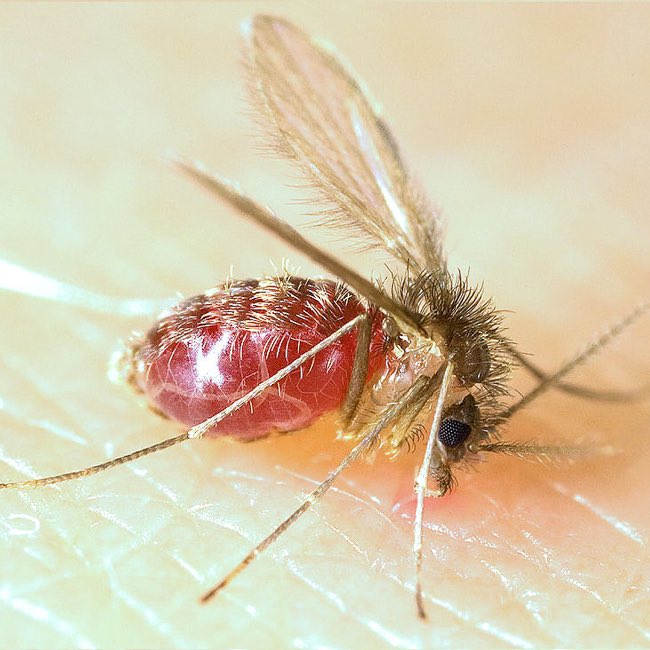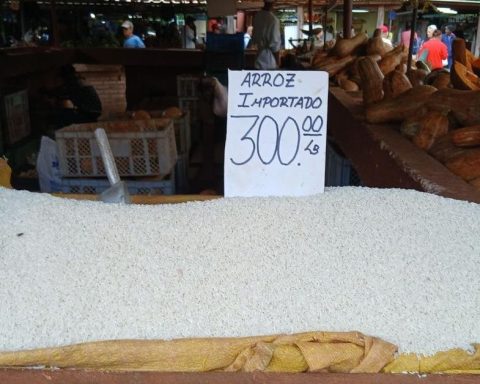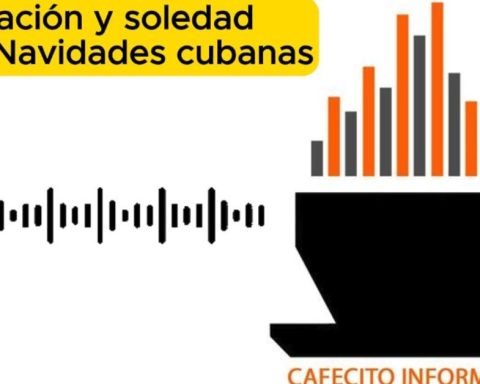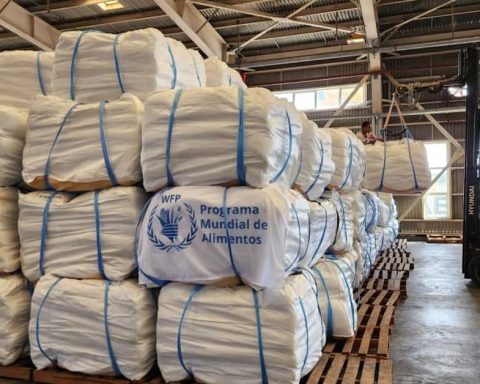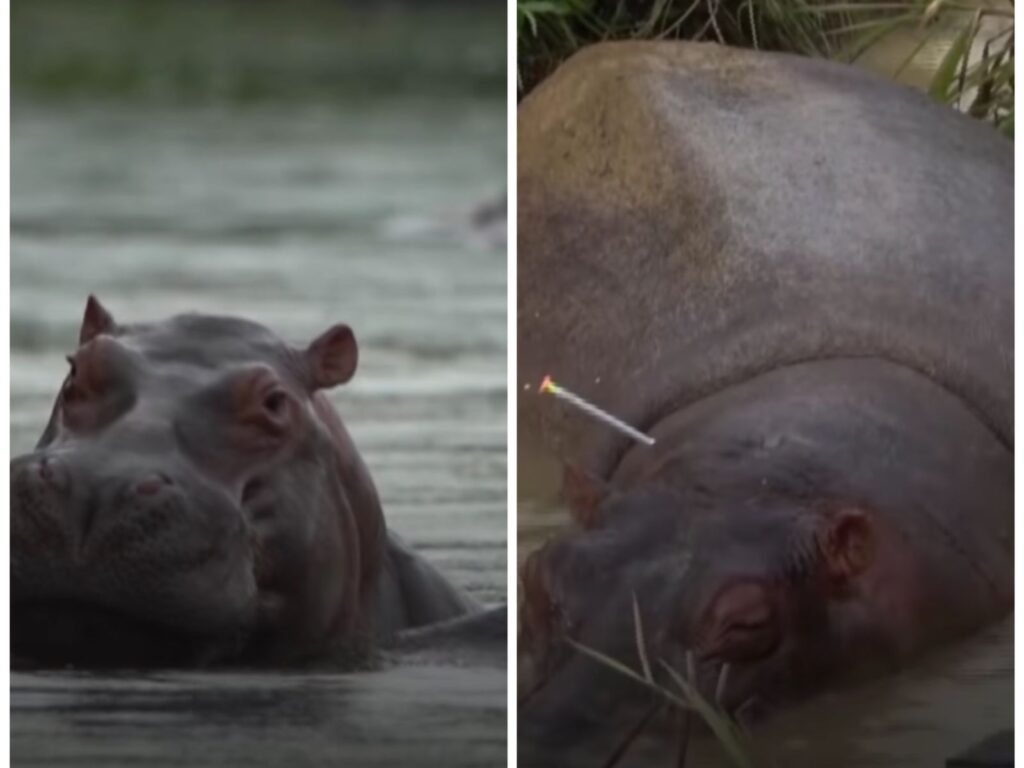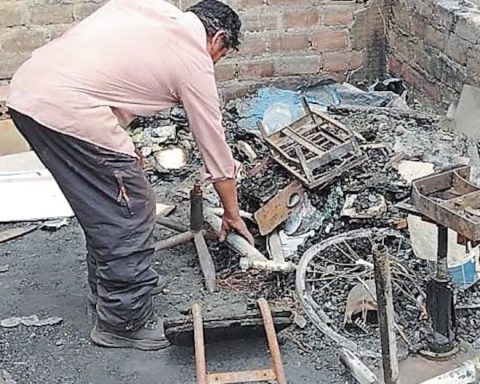There is a suspected case of Peruvian wart in the ‘Puerto Principal’. Learn what causes it and what its symptoms are.
The Ministry of Public Health (MSP) has detailed that a possible case of peruvian wart in Guayaquil.
It is a bacterial disease caused by the mosquito Lutzomyia verracarum that has affected communities in northern Peru: Cajamarca, Ancash, La Libertad, Amazonas and Piura.
The Peruvian Ministry of Health has indicated that cLike an unapparent infection to acute disease resulting in destruction of red blood cells or progressive development of tumors or ‘warts‘ on the skin. This disease has two phases: anemic and eruptive.
Source
The medical researcher Esteban Ortiz pointed out thatBartonellosis is a disease caused by a gram (-) hemotrophic coccobacillus (Bartonella bacilliformis) transmitted by sand flies (Lutzomyia verrucarum) endemic to the Peru. «HIt has caused outbreaks in the Andes of Peru, Ecuador and Colombia and in lowland areas of Ecuador,” he added.
Is bacterium infects the human erythrocytes causing a severe acute hemolytic anemia called «Oroya fever», followed by a chronic infection of the endothelial cells that results in vascular endothelial proliferations called «peruvian wart«. (AVV)
Oroya fever (acute phase) is more common in children than in adults and is characterized by fever, hemolytic anemia, pallor, myalgia, headache, anorexia, tachycardia, and hepatomegaly. pic.twitter.com/EWxnmeNMIP
– Esteban Ortiz (@EstebanOrtizMD) February 9, 2022
IT MAY INTEREST YOU:
Uncertain future for the brothers tortured in Naranjal
Ecuador sees China more as a trading partner than as a financier
